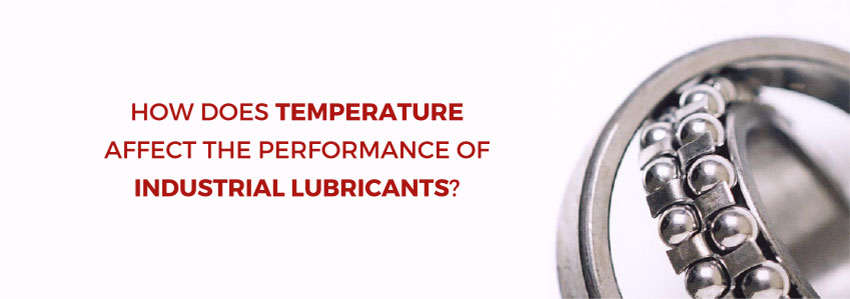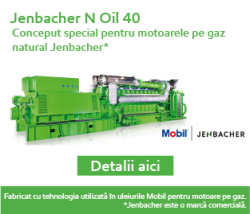How does temperature affect the performance of industrial lubricants?
 How does temperature affect the performance of industrial lubricants?
How does temperature affect the performance of industrial lubricants?
The industrial sector is one of the most nonhomogeneous sectors from the point of view of the operating temperature of industrial equipment. Therefore, the temperatures may vary between -40 °C and over 100 °C, depending on the climatic environment in which companies operate, as well as on the sector of activity.
For example, in the case of drilling operations in the oil and gas sector, the equipment operate at very high temperatures, which are often over 100 °C.
In these conditions, the temperature may have a major influence on the performance of industrial lubricants, especially if they have not been chosen depending on the conditions specific to each equipment. See below how temperature can affect industrial lubricants and how you can face these challenges.
1. Viscosity - the main element that you should pay attention to
The viscosity of an industrial lubricant is the most affected element due to temperature fluctuations that occur to industrial equipment. Thus, when the operating temperature increases, the viscosity decreases and when the temperature decreases, the viscosity increases.
When choosing a lubricant that provides equipment protection even during temperature fluctuations, you must take into account its quality - determined by the viscosity index.
A lubricant with high viscosity index will be more stable at increased high temperature and, at the same time, will maintain its ability to flow even at low temperatures. For example, the oils from the Mobil SHC range, distributed in Romania by Star Lubricants, have high viscosity index and provide equipment protection due to a very good thermal stability.
2. Pour point of oil
This refers to the minimum temperature index at which the lubricant can be used in a particular industrial application.
For example, let’s assume that a lubricant has this index established to -30 °C. When the equipment is operating in an ambient environment at -30 °C, the lubricant will reach with more difficulty the oil pump, usually between 10 and 15 minutes, a span of time during which there can occur irreversible damage to various components. At this point, the oil is too thick to flow and protect the equipment 100%.
In this case, the secret is to select lubricants with pour points that coincide with the temperature of the ambient environment in which the equipment operates. But do not choose the right lubricant only according to this factor, but also to factors such as viscosity index or additives used in the oil composition.
3. Base oil and additives used in industrial lubricants
Of course, temperature also affects the composition of industrial oil. In this case, the basic rule to follow is: synthetic oils are recommended to be used in a wider range of temperatures and conditions and mineral base oils are recommended when the operating temperature is constant.
Also, the additives in the industrial oils (antioxidants, improvers, anti-foaming agents etc.) must adjust perfectly to the environmental conditions in which the equipment operates.
Each type of equipment is different and requires special attention, so the selection of the lubricants that can successfully meet the challenges encountered in the industry sector can save you from many further headaches.
The best way to choose the right lubricant is to follow the instructions of the equipment’s manufacturer. Also, Star Lubricants agents can help you make the best choice that can help you protect the equipment regardless of the temperature at which it operates.
To contact a specialized Star Lubricants agent, click on the image below and request a customized offer. In no time you will get all the information you need to make the choice easier for your industrial lubricant.







